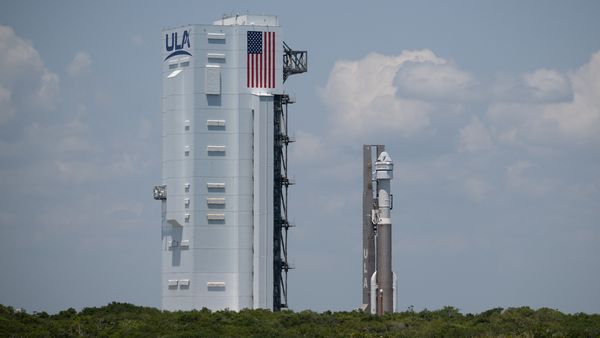
Satnavs and Google Maps will soon include live data on road closures, parking restrictions and temporary speed limits in England under a UK government scheme aimed to ease drivers’ pain and pave the way for driverless cars.
Councils will be ordered to digitise all traffic regulation orders (TROs), short-term traffic measures such as temporary speed limits or road closures.
Many TROs are kept on paper and not updated automatically on digital systems, meaning they are sometimes missing from satnav systems.
On Monday, the roads minister, Guy Opperman, will announce that the data will be uploaded to a central database and made freely available online for satnavs and mapping services. It will also include the location of parking spaces.
A spokesperson for the Department for Transport said digitising TROs would “also be crucial for ensuring autonomous vehicles can rely on accurate and up-to-date information so that they can operate safely once they start driving on British roads”.
The move is part of the government’s plan for drivers, which purports to use £8.3bn of funding originally earmarked for HS2. Last year, Rishi Sunak cancelled the northern leg of the high-speed rail line from Birmingham to Manchester.
Sunak’s administration has sought to present itself as being “on the side of motorists” – a marked contrast from Boris Johnson’s government, which was enthusiastically pro walking and cycling.
Ministers decided to prioritise driving over active travel because of worries among ministers about “15-minute cities”, documents seen by the Guardian show.
Opperman said: “This government is on the side of drivers, which is why we’re making travelling by road much easier. Everyone knows the frustrations of being sent down a closed road by your satnav, so by going digital with our traffic information we’re making sure that drivers have the very latest travel information to rely on.”
There are 50 million people with a driving licence in Britain, driving about 40m licensed vehicle. Cars are the most popular mode of personal travel, comprising 58% of trips in 2022 and 78% of distance travelled.
The DfT said the database should be up and running by 2025.







